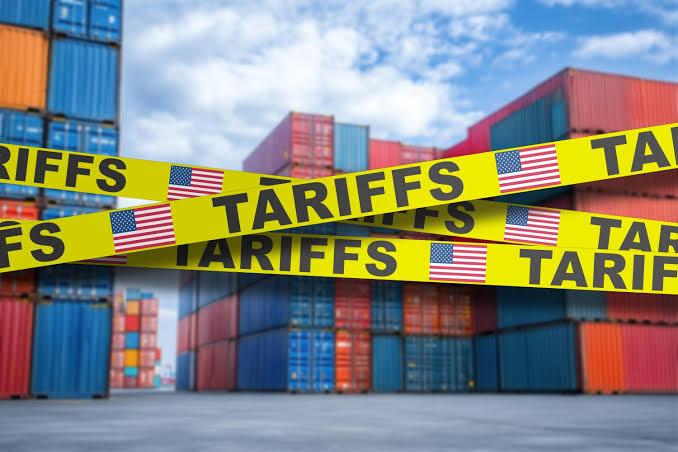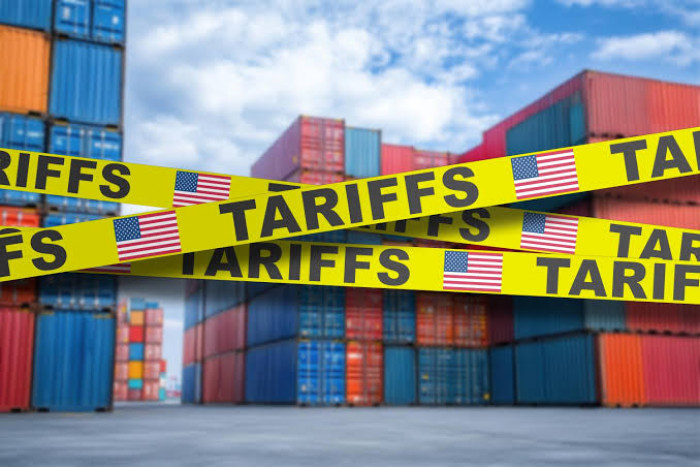
Photo:123RF
Following a tense trade war period, the global economic and trade outlook has become clearer. The US settled on tariffs for most trading partners, with developed markets such as Europe and Japan facing 15% rates, and developing countries including Thailand, Vietnam and the Philippines receiving rates of 19-20%.
Several factors helped to deter retaliation and created greater global trade stability. Actual tariff rates have decreased significantly from initial announcements, countries and businesses have had more than 100 days to make adjustments, and countries now have clarity that tariffs are a comprehensive negotiating tool favoured by President Donald Trump.
As for the impact of trade tariffs on the US economy, Yale Budget Lab research suggests raising tariffs from an average of 2% in 2024 to 18.6% in 2025 will generate an additional $140 billion in revenue this year and $2.3 trillion over 10 years.
However, it will cause the US economy to contract by 1.2% in 2026 and increase inflation by 1.8% in the short term and 1.5% in the long term. InnovestX expects US inflation to reach as high as 3.6% by the end of 2025, preventing the Federal Reserve from cutting interest rates.
Looking at foreign direct investment (FDI) flows, the impact of tariffs could amplify major shifts that have already started. Net FDI inflows in China decreased from $344 billion in 2021 to $82 billion in 2023, while North America recorded an increase from $200 billion to $450 billion for the period. The figure for Southeast Asia grew by 4% annually.
These figures reflect re-shoring and friend-shoring trends that will intensify during Trump’s second term, with Asia and Thailand expected to receive slightly increased investment.
The easing of global trade tensions led both the International Monetary Fund (IMF) and InnovestX to revise global and Thai economic forecasts upward. The IMF raised its 2025 global growth forecast to 3.0%, from 2.8% earlier, while InnovestX raised its global and Thai economic forecasts by roughly 0.4 percentage points based on three factors: improved trade stability signals, better-than-expected first-half economic figures, and limited political risks.
Thailand’s economy in the second quarter expanded by 2.8% year-on-year, higher than market expectations of 2.5%, but slower than the 3.1% rate in the first quarter. This result was partially caused by accelerated exports to the US before import tariff hikes.
Exports continued to expand, led by industrial products such as computers and parts, circuit boards and parts, and automotive components. However, consumption of services decelerated, particularly hotel and restaurant spending and transport services.
Investment turned positive for the first time in five quarters, especially in machinery and equipment as depleted inventories forced manufacturers to resume production and increase new investments.
The National Economic and Social Development Council raised its 2025 growth forecast to 2.0% from 1.8%, supported by upgrades of global economic estimates and improved private sector investment. However, the planning agency lowered its tourism forecast to 33 million foreign arrivals from 37 million, slashing annual inflation to 0.3% from 0.5% earlier.
InnovestX expects the Thai economy to slow significantly in the second half, and we maintain our 2025 growth forecast at 1.8%. We foresee third-quarter GDP growing only 1.0%, declining to 0.1% in the fourth quarter, as signals from the economic engines of exports, tourism and agriculture begin weakening simultaneously.
Thailand faces four major risks:
Economic slowdown signals have become more evident since June;
Increased financial volatility from unpredictable US monetary policy;
Inventory levels likely to contract in the second half after investment acceleration in the second quarter;
Increased risks for farmers from volatile global commodity prices and trade war impacts, reducing farming incomes and affecting domestic consumption.
We downgraded our 2025 general inflation forecast from 0.5% to 0.25%, reflecting declining energy prices, China’s deflationary exports, and weak domestic demand.
Given this overview, the SET index may consolidate after steady gains approaching resistance levels at 1,280 and 1,300 points, reflecting support from fund inflows and central bank policy rate cuts to some extent. The market may need new catalysts for further upward movement.
We recommend a “selective buy” approach based on two main themes and three trading themes with specific positive factors:
Earnings plays expected to maintain good growth (ADVANC, BCPG, GULF, SCC, TIDLOR);
Quality dividend stocks offering yields above 2% (ADVANC, BBL, PTT, SIRI, TTB);
Trading themes for risk-tolerant investors: stocks benefiting from capital inflows; technically undervalued stocks below the 200-day moving average; and stocks benefiting from falling interest rates including real estate (AP, SIRI), retail (CPALL, HMPRO, GLOBAL) and REITs (FTREIT, LHSC).
